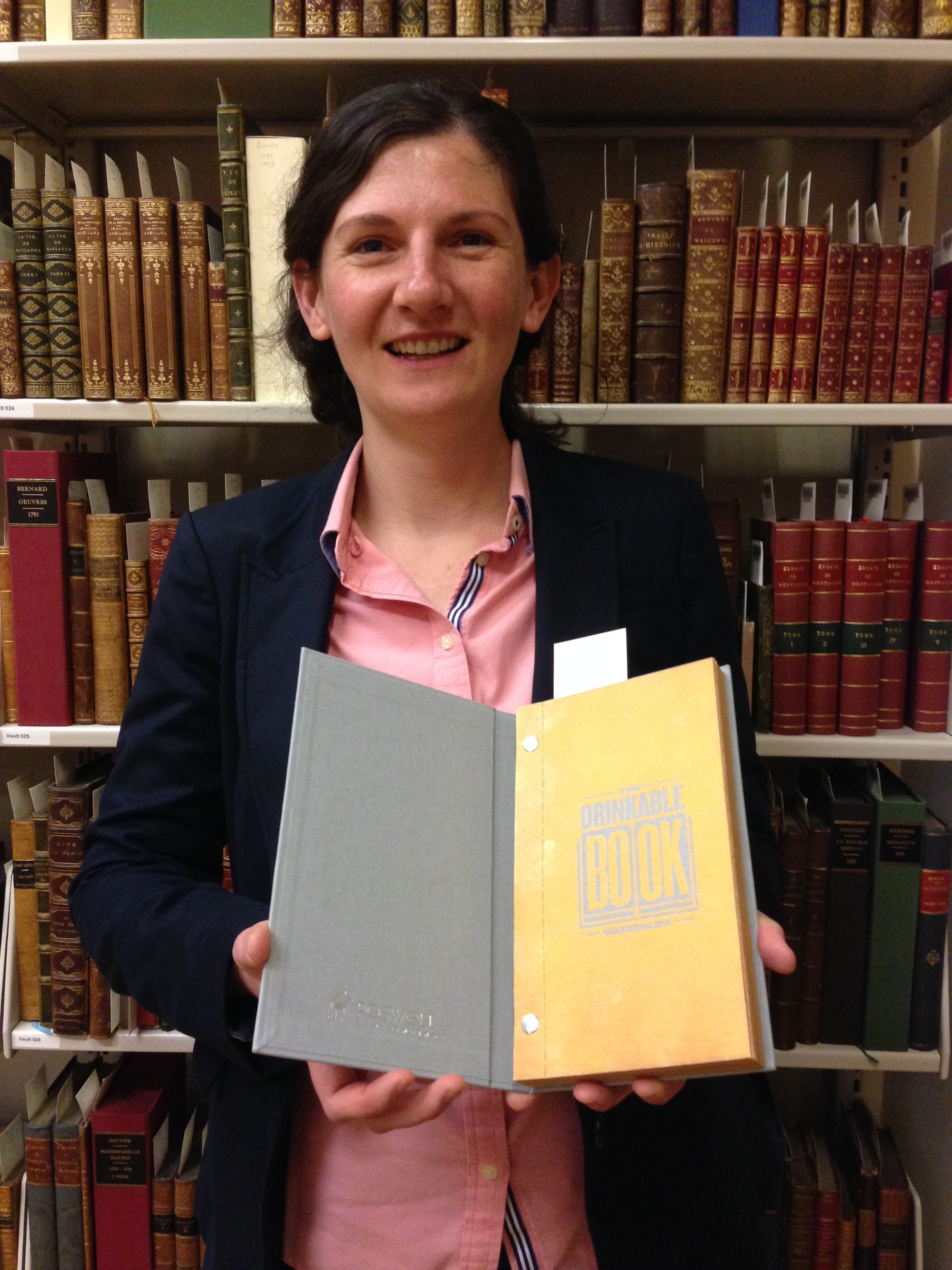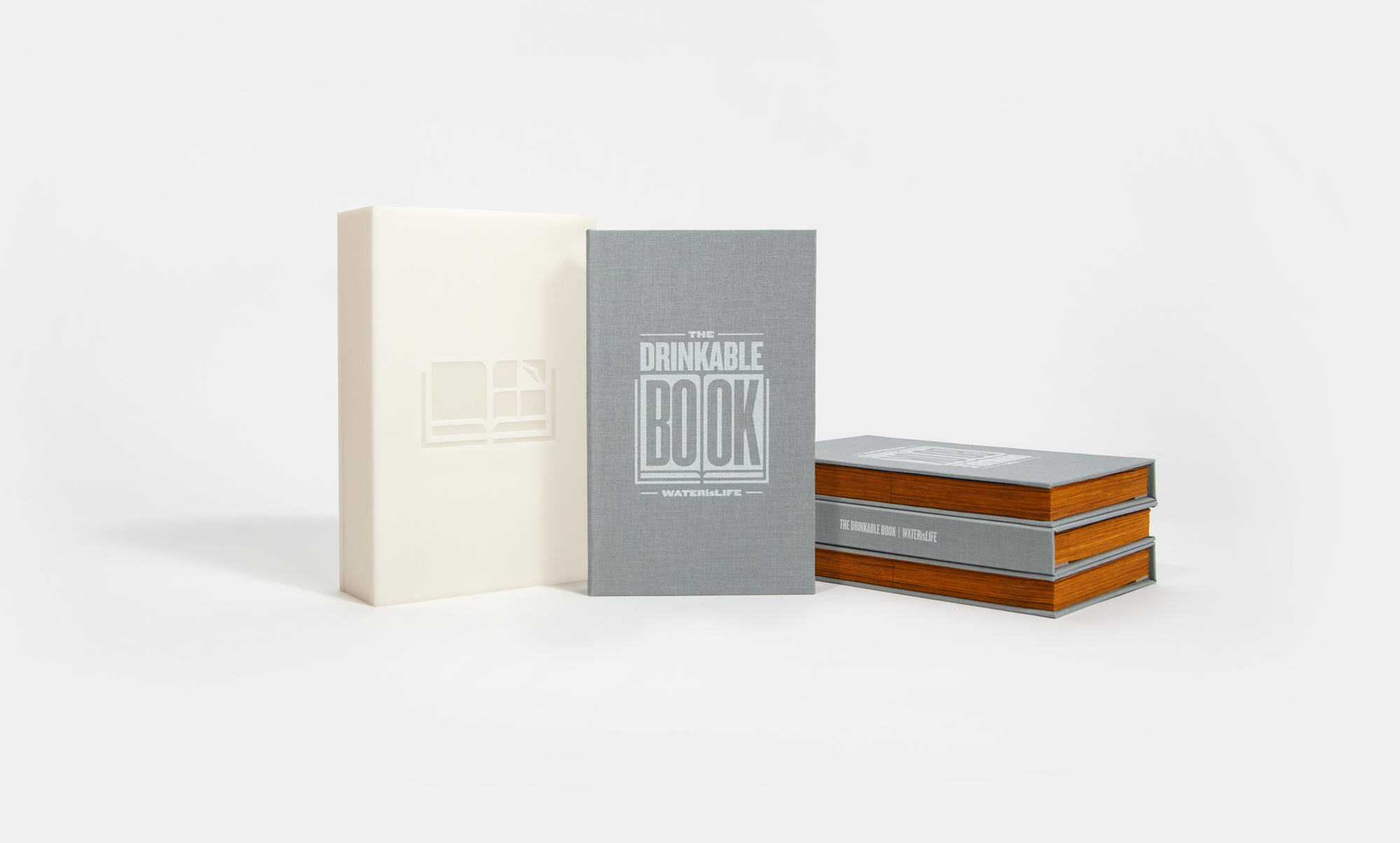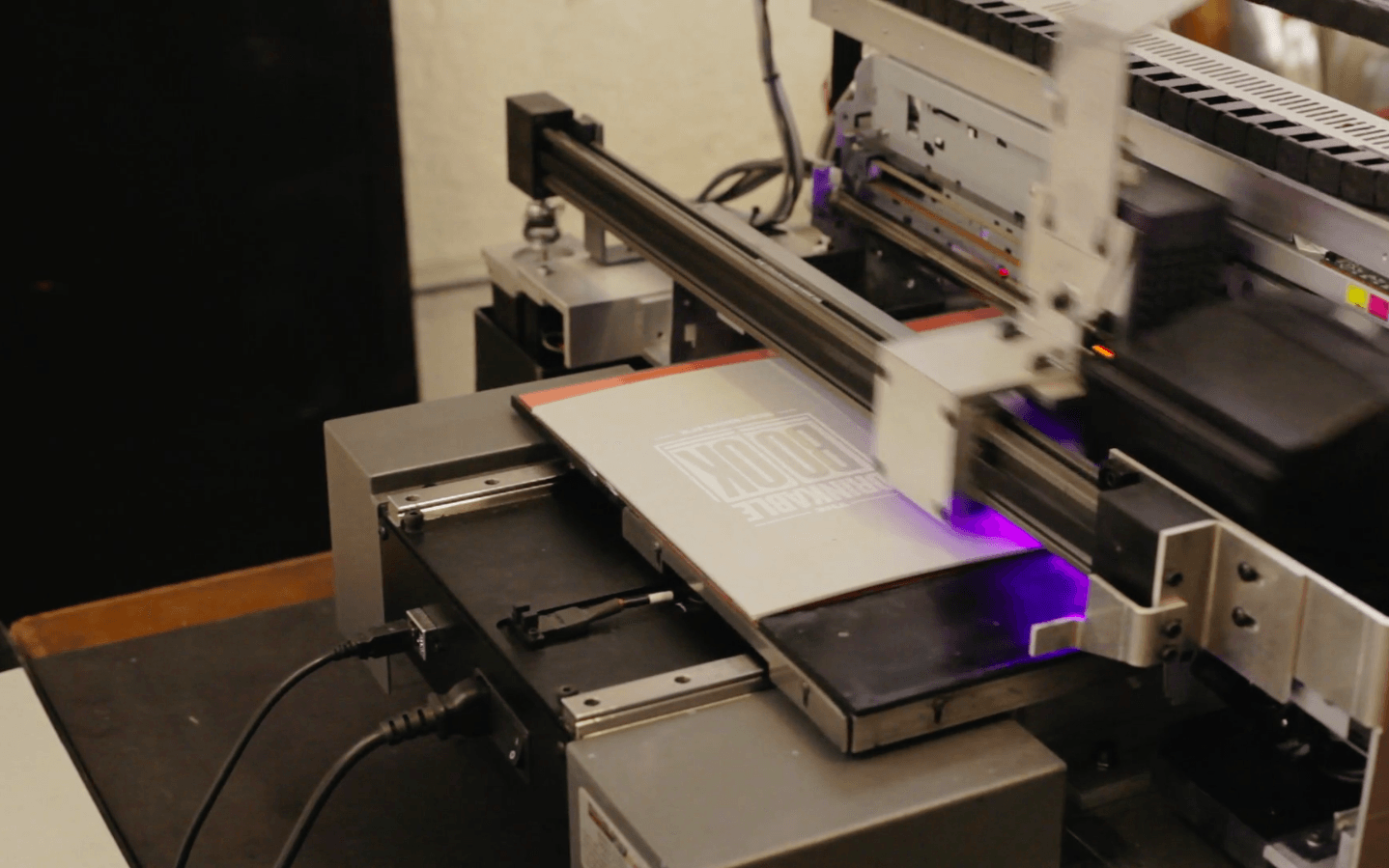Dec 28, 2015 8 Question Interview with: Teri Dankovich
Access to improved drinking water is a luxury that 663 million people lack (2015 World Health Organization/ UNICEF Joint Monitoring Project. Theresa Dankovich has been intensively studying this global problem and determined to find practical solutions. She created a simple technology design called The Drinkable Book™, which is both a water filter and an instruction manual for how and why to clean drinking water. This filter is patent pending technology, and works to produce clean drinking water by pouring dirty water through a thick, sturdy sheet of paper embedded with silver nanoparticles (a.k.a. pAge drinking paper), which are lethal for microbes What began as a Ph.D paper and experimental project became usable in the real world. With partner WATERisLIFE, the filter papers have been successfully field trialed in Ghana, Haiti, and Kenya. Hopefully soon, pAge water filters will supply cheap, clean drinking water for many people in the developing world to transform the lives of millions in crucial areas such as health, child development, quality of life, and ultimately the eradication of poverty.
Dr. Theresa Dankovich is currently a postdoctoral researcher at Carnegie Mellon University in Civil and Environmental Engineering. Her current research pursuits involve looking at the impact of nanotechology and the end-of-life fate of nanotech in consumer products.
Describe your vision for The Drinkable Book and how pAge Drinking Paper began.
Our vision is to create the most affordable water purifier, with the aim of it costing only a few cents per filter. pAge Drinking Paper is our non-profit organization to get this technology out to folks who need clean water the most — the poorest of the poor in developing countries.
Talk about the project evolution, and where do you hope to take it in the near / long-term future?
The project started as my Ph.D. project at McGill University in Montreal, at which I spent several years developing the technology. Afterwards, I field tested the technology in South Africa and Ghana. pAge Drinking Paper has formed a partnership with the non-profit WATERisLIFE to get the Drinkable Book out to where it’s needed. The project has continued to grow to include working with several non-profits with boots on the ground in Ghana, South Africa, Haiti, Kenya, Bangladesh, and Honduras. We plan to cover more ground in each of those countries and strategically expand to others with severe water issues.
What stage of execution are you working on now? New peripheral initiatives?
We are completing our product development and user testing. We plan to scale up production and distribution next. The goal is to produce 1000 Drinkable Books™ (25,000 pAge filters). Up to this point, I have made every pAge by hand in a church kitchen, enough pAges for 50 Drinkable Books™, which took over 60 hours for the paper treatment and drying steps. The goal for scaling up production will include the adaptation of the paper treatment method to a pilot paper making facility.
What do you see as the biggest challenge in deploying The Drinkable Book to the developing world?
The biggest challenge is consistent long-term usage, which has been irregular with other water purification technologies. We have included the educational text in the Drinkable Book in order to increase awareness about water, health, sanitation, and hygiene issues. Greater awareness of these issues will create a greater demand for clean water, and lead to increased levels of health and well-being.
What insights and lessons can you share about collaboration and community in the spirit of solving world problems?
Working together with partners is the only way to get these sorts of things done! You need connections to walk up to a village in the middle of Africa and convince people to try out a new idea. Working with my non-profit partners has really been tremendously successful in moving this project forward. To best work with our partners, there needs to be shared goals and frameworks, and an openness to try new things.
What are you most proud of so far with the project / impact achieved?
I am most proud of my dream finally becoming a reality. I spent several years trying to get people to notice this revolutionary idea of a simple paper filter to eliminate water borne diseases in drinking water. I am delighted that it’s finally getting to those who need clean water the most!

As a kid, what did you want to be?
I always liked science, and had thoughts about becoming a medical doctor. However, I’m quite squeamish — so that wasn’t a good option! I’ve always been interested in sustainability and health, and have found an original way to incorporate those concepts into a great product.
Where do you personally find inspiration?
I find inspiration through other people’s stories. I regularly read inspirational books by people who have been successful in the international development field. I love The Moth and other podcasts that tell stories about how people are making a difference in the world. I recently started reading “Clay Water Brick” by the Kiva Co-Founder Jessica Jackley. What a great story!





